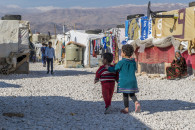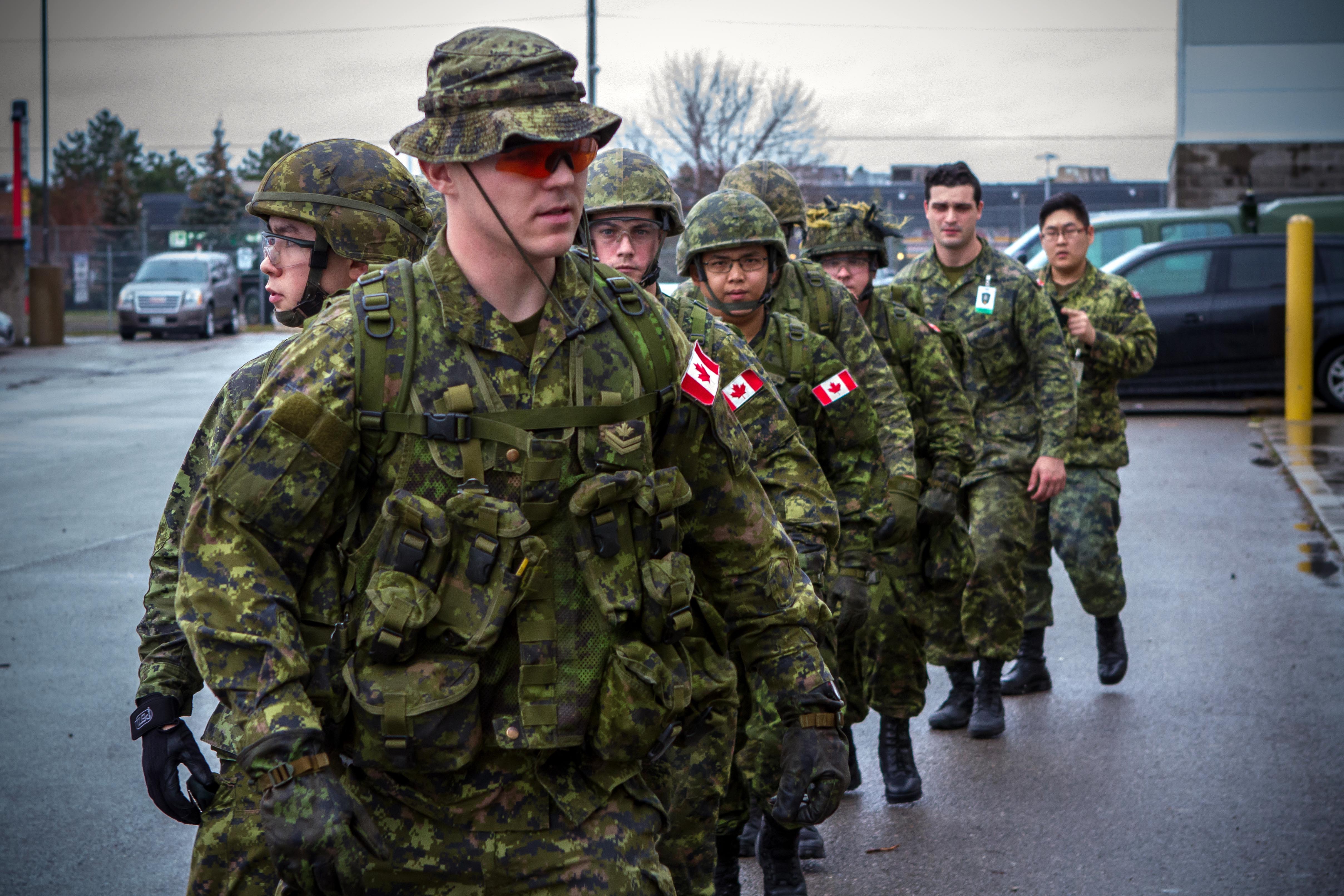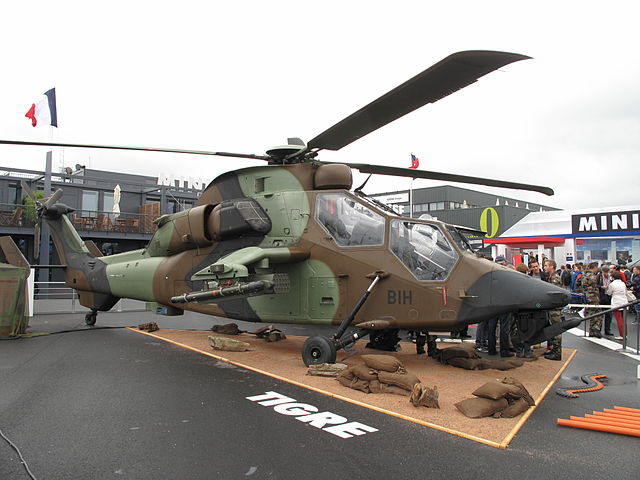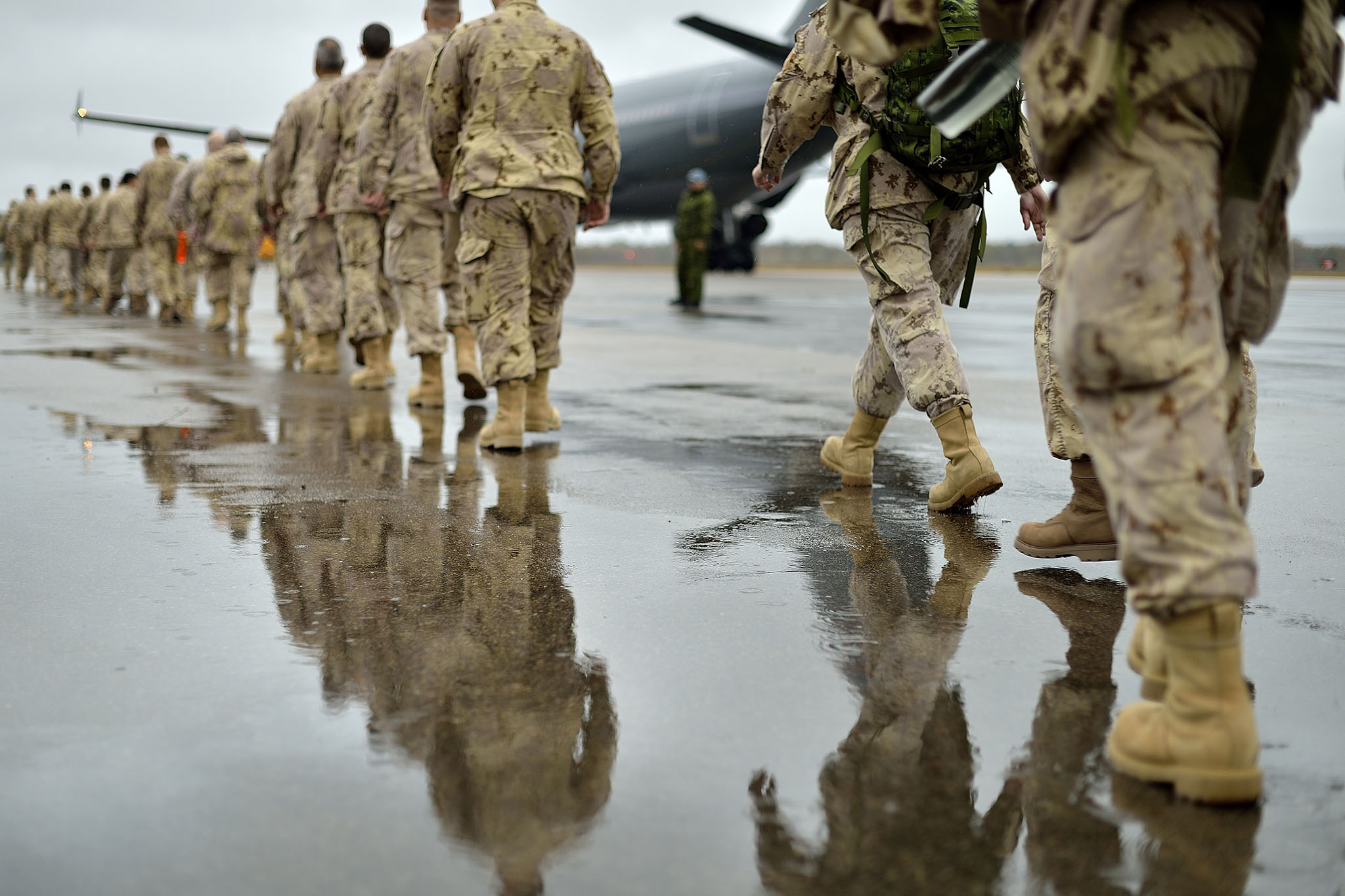PROVISION for Syrians
In November 2015, the government of Canada announced its intention to resettle 25,000 Syrian refugees over the upcoming months. Numerous governmental organizations took action following the government’s response to the ongoing refugee crisis; however the Canadian Armed Forces (CAF) has been particularly instrumental in facilitating the resettlement of the refugees.
The Minister of National Defence, Harjit Singh Sajjan, joined nine other cabinet members in an ad hoc committee on the Syrian refugee crisis and launched Operation PROVISION on November 9, 2015. Its mission consisted of identifying, selecting and processing Syrian refugees overseas, and facilitating their arrival, settlement and integration into the community.
Later that month, CAF deployed defence attachés to Canadian embassies in Lebanon, Jordan and Turkey, in order to liaise between the outposts and Operations Command in Canada (CJOC). CAF continued to send more personnel to assist the units with the administrative processes, and medical screening, as well as to provide command and control to the Immigration, Refugees and Citizenship Canada (IRCC) centres. By mid-December, two CC-150 Polaris flights had already left from Lebanon; one bound for Toronto and one for Montreal. The last government-organized flight that arrived in Toronto on February 29, 2016 marked the marked the end of this Operation.
Now that the government’s target is reached and Operation PROVISION has officially come to an end, the 290 deployed personnel returned to their home stations, and the stand-by interim lodging bases have stood down. CAF operational units solidified their experience in emergency resettlement, and re-inforced the CAF’s reputation internationally as a defender of humanitarian commitments. However, Operation PROVISION is only the first step in the long-term resolution of the migrant crisis, and the difficult resettlement process is far from over.

A Short History of the CAF and Refugees
This is not the first time that the CAF has participated in humanitarian evacuations. From 1979-1981, Operations MAGNET I and MAGNET II saw CAF members assist over 32,000 refugees, who had been brought to Canada from South East Asia. In 1999, the Government of Canada called upon the CAF to temporarily house 5500 refugees from the Balkans in their bases during Operation PARASOL.
During Operation MAGNET and Operation PARASOL, refugee evacuation and resettlement procedures had been preceded by some other form of diplomatic or military involvement in the region. While Canada famously refrained from engaging in combat missions in Vietnam, as a member of the International Commission for Supervision and Control (ICSC), it had been previously involved in the region prior to the war. The mandate of Canada’s mission at the time was to ensure the implementation of the terms of the Geneva Agreement to coordinate the withdrawal of military forces, and see that no new military equipment entered Vietnam. CAF sent inspectors, clerks, communicators, security and medical personnel to military units that were stationed both in Canada and Vietnam to fulfill its mission. When the war fully broke out in 1973, however, ICSC proved itself ineffective and ultimately dissolved itself, leaving Canada’s next military intervention in Vietnam mainly about refugees into Canada, as part of Operation MAGNET.
Later in 1998, Canada became militarily involved in Kosovo, when six CF-18s and 130 CAF members moved to Aviano, Italy to prepare for NATO peace-support operation, which was assisted by the CAF air campaigns and emergency relief. Operation PARASOL was put forward as a blueprint for the Syrian refugee crisis. The 1999 Operation PARASOL commissioned the military personnel to be the primary agents in the screening and transportation of the refugees, preparation of military bases as temporary housing, and extensive collaboration between the CAF and governmental, non-governmental and private humanitarian aid organizations, which are all necessary components of the Operation PROVISION. It also prompted the creation of refugee and resettlement services such as Immigrant Services Association of Nova Scotia (ISANS), and facilitated the resettlement of the Kosovars. This experience with humanitarian resettlement poised Canada for effectively assisting in the ongoing Syrian refugee crisis.
International Spotlight on Canada
PROVISION has reinforced the view that the new government’s shift in foreign policy and Canada’s emerging presence on international platforms points to its growing soft power. Recently, Canada was hailed by the former United Nations High Commissioner for Refugees, Antonio Guterres, as a powerful broker for peace in Syria. Canada’s refocused mission in the Middle East, its withdrawal from combat mission and refocus on enhancing military training, received praise from the Pentagon, and other members of the U.S.-led coalition in Iraq.
A strong international support will again be integral to Canada’s operations, as the humanitarian and political crisis in Syria continues. Canada has already received a high level of support and admiration from the international community for its efforts during the Syrian crisis. These efforts have promoted Canada’s international and diplomatic positions in global affairs. Canadian resettlement efforts may also prove to be a practical model for effective integration, and its role in eventual stabilization in the conflicted regions.
Part III of the series entitled “Weapons of Mass Population: The Fate of Syrian Refugees”, will explore the political and social implications of refugee resettlement in Canada, as well as the long term projections of the migrant crisis within both Canadian and international context.




